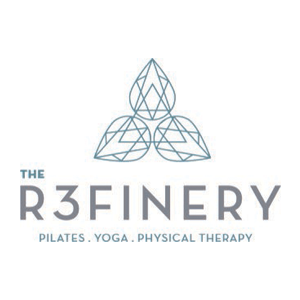3 Ways an Anxiety Therapist Can Help Improve Your Daily Life
Anxiety disorders develop from complex risk factors including genetics, brain chemistry, personality, and life events. They can severely impair a person’s ability to function at work, at school, in social situations, and in relationships. While anxiety may seem like a common response to our ever-changing world, there are many steps you can take to counter it.
1. Helping to Find Different Solutions
According to the Anxiety and Depression Association of America, anxiety disorders are highly treatable, yet only 36.9% of those suffering receive treatment. There is a wide variety of solutions available that these people are missing out on. Medications play a huge role in treating anxiety disorders, but behavioral treatment, alone or in combination with medication, is highly effective for most people with an anxiety disorder. An experienced anxiety therapist will help you find the perfect solution for you.
2. Initiating Anxiety Therapy
Counseling or therapy is another method that can be very helpful in reducing the effects of anxiety and improving day-to-day stress levels. Talking to an anxiety therapist can be beneficial in many ways. They can assist you in gaining insight into the factors contributing to your anxiety and provide you with strategies for managing your symptoms.
Many different types of anxiety therapies are available, but cognitive behavioral therapy is the most popular. The goal of cognitive behavioral therapy is to help people better manage their problems by increasing their awareness of how their thoughts influence their feelings and behaviors. Your anxiety therapist may propose certain habits or exercises that you can incorporate into your everyday life.
3. Suggesting Lifestyle Tips for Reducing Anxiety
It is possible to make a significant difference in your anxiety levels by growing your anxiety management skills. Your anxiety therapist may provide you with life habit suggestions, which can help reduce your anxiety and improve your daily life. Even if the suggestions seem small, they can make a big impact on how you feel.
Having a conversation with a close friend or family member you can confide in can help reduce the stress and, in many cases, provide a sense of relief. Taking a few moments out of your day to concentrate solely on your breathing can also help you feel more at ease and better manage your anxiety. Finally, your anxiety therapist may suggest that you begin keeping a journal of your thoughts and feelings.
If you suffer from anxiety, it is critically important that you do not stay quiet. Your mental health plays a huge part in your everyday life, and an anxiety therapist can help you manage your anxiety levels. Give us a call today if you are interested in anxiety therapy.
The post 3 Ways an Anxiety Therapist Can Help Improve Your Daily Life appeared first on Presence Of Mind Therapy.






















Share On: